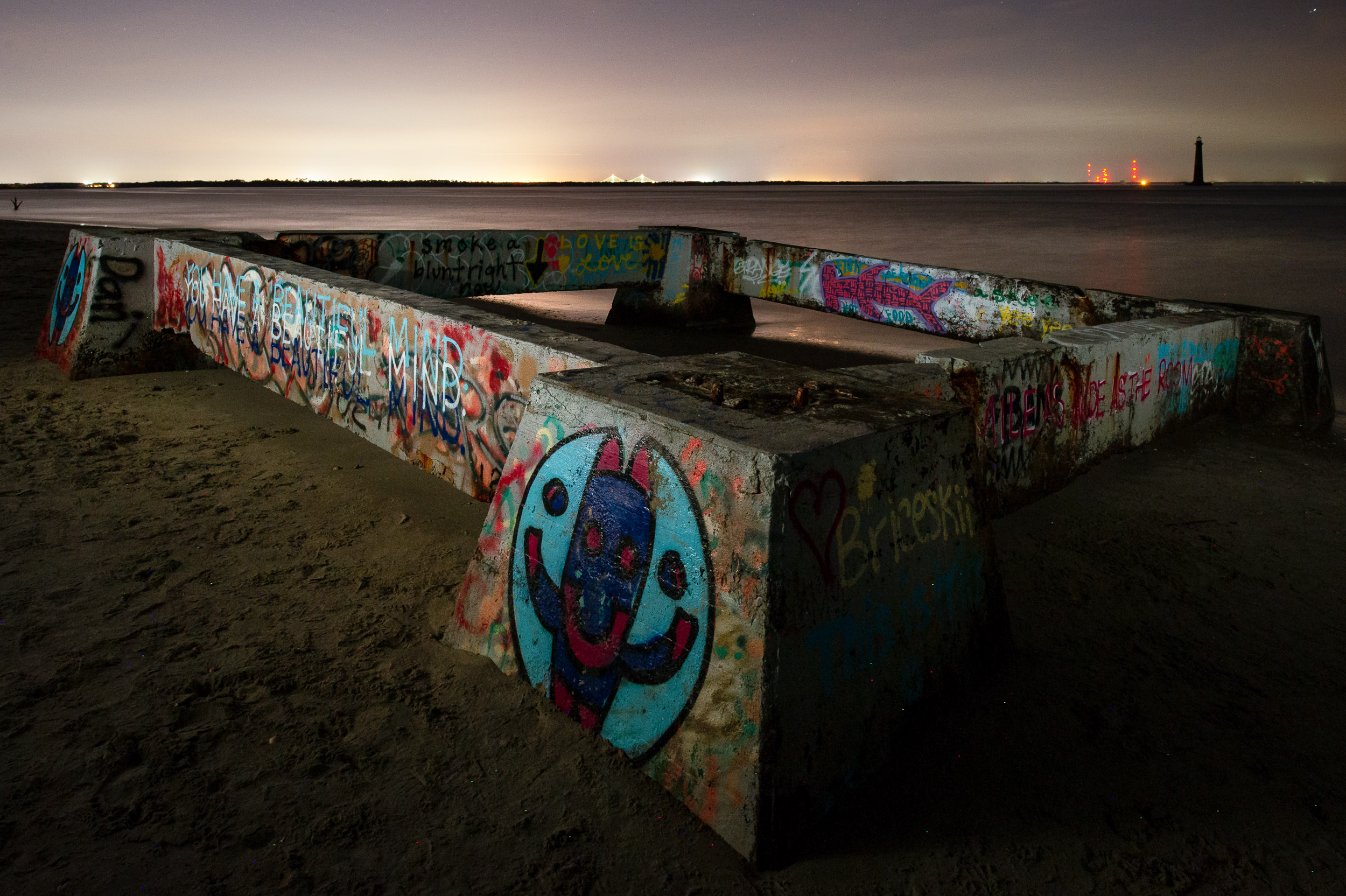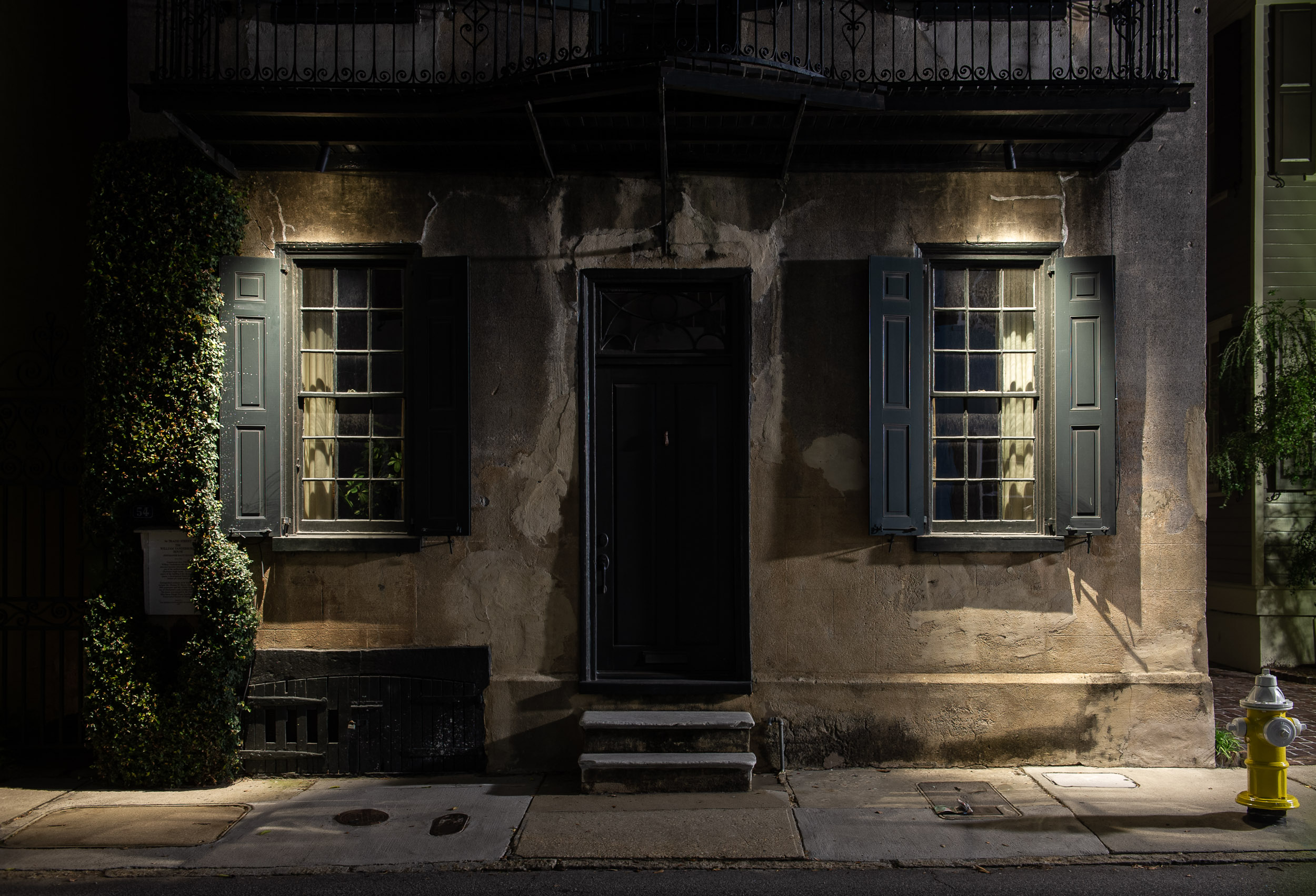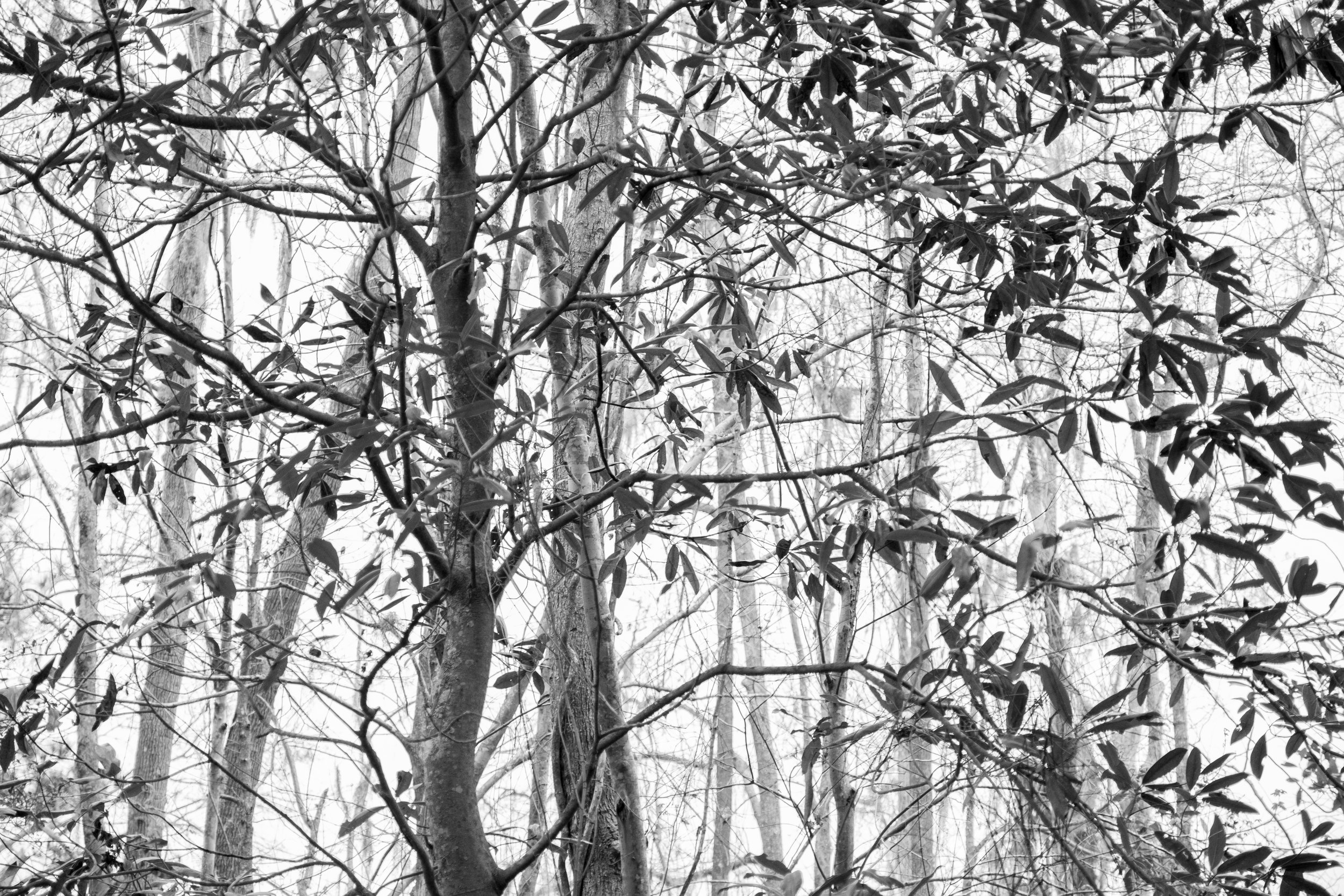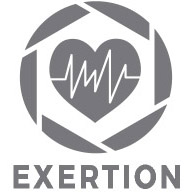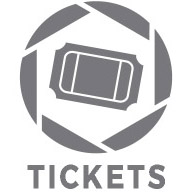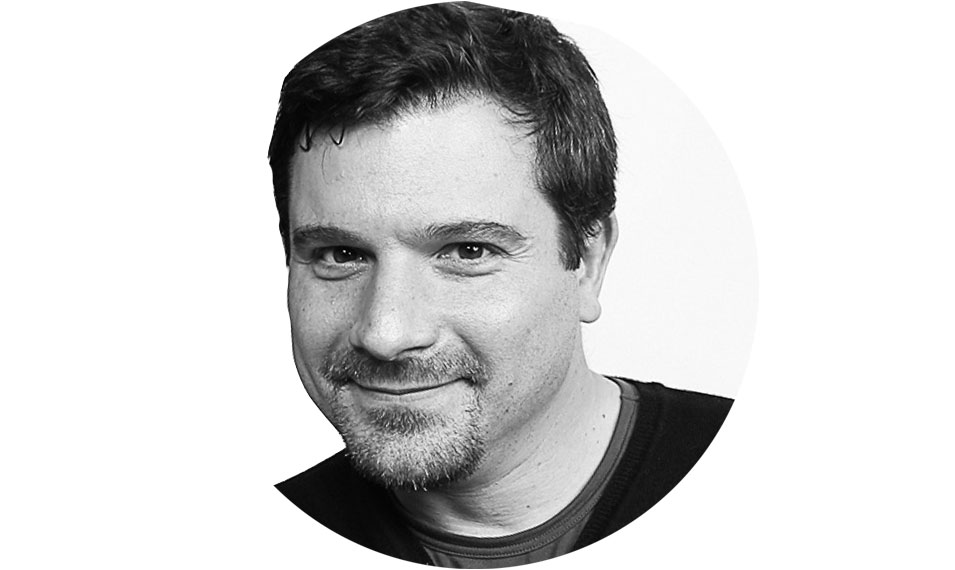Charleston
This gem of the south is a night photographer's dream. We'll explore the natural—the boneyard beaches, the sandy shores, the dark skies over the Atlantic. And we'll explore the man-made—the cobblestone streets, the Civil War forts, the historic cemeteries. And so much more. Welcome to the ghosts and charm of one of America's prettiest cities.
Workshop Gallery
Workshop Details
March 30-April 4, 2021 — Completed
This is a 5-night, 6-day workshop. Your adventure begins on the morning of Tuesday, March 30, and ends after a final slideshow on the afternoon of Sunday, April 4.
$1,850 + applicable taxes. Register below.
Skill level
Open to all who have an understanding of the basic principles of photography and of their cameras.
Class size
14, with 2 instructors — 7:1 ratio
NPS website
Fort Sumter and Fort Moultrie National Historic Park
Workshop Leaders
Register Now
THIS EVENT HAS PASSED. THANKS FOR YOUR INTEREST!
| • Deposit of $500 is required to reserve your spot at the workshop. |
| • Balance of $1,650 is due on December 30, 2020. —> Pay balance here. |
| • You may choose the “Pay in Full” ticket if you desire to pay all at once. |
| • Last day for a cancellation request is December 29, 2020 (see cancellation and refund policy). |
| • The workshop fee does not include lodging, food, airfare, transportation to or between the hotels, or transportation to our nightly shoot locations. |
The Charleston Experience
Charleston. The oldest city in South Carolina, rich in history and charm, famous for its architecture and southern hospitality. It’s also wonderful for night photography.
We will spend five nights exploring the variety of photography subjects that Charleston has to offer. We’ll photograph the historic district, known for its cobblestone streets, 18th and 19th century residential architecture, old cemeteries and more. We’ll visit lighthouses that stand sentinel at the edge of the Atlantic Ocean, and Civil War forts that do the same. And we’ll venture into natural spaces, such as a boneyard beach, where the trunks of old trees hold steadfast in shifting sands and ebbing and flowing tides.
What You Should Know
Participants must have at least basic photo skills, know their cameras well, and be comfortable shooting RAW in manual mode with a DSLR or high-end mirrorless camera.
Night photography experience is not necessary, but even folks with extensive experience shooting at night will find this class challenging, stimulating and inspiring. For more advanced night photographers, we can offer a portfolio review and specific challenges and goals, and will offer guidance in the field if you mainly want to concentrate on creating portfolio images or learning more advanced techniques.
If you would like to attend this workshop but are unsure whether you have adequate night photography skills, we can offer pre-workshop tutoring to get you ready for your adventure with us. Alternatively or additionally, a few of us have written books that may be productive pre-workshop reads.
What You Will Learn
The workshop will explore both dark-sky and city nightscapes. For the former we’ll explore working with light pollution and adding light painting, and for the latter we’ll have an emphasis on using ambient light in an urban environment.
TOPICS COVERED WILL INCLUDE:
using lamplight and street lights in night photography
dealing with light pollution using filters and post-processing
light painting
and more …
This workshop will have both field and classroom instruction. We will be in the classroom a few days, will make a few day trips to visit scenic and historic places, and out in the field at different locations each night. Each participant will have the opportunity to work one-on-one with Chris and Tim in the field.
During classroom sessions, we will focus on developing your images and sharing everyone's work and ideas with each other. Each day will have a review of the previous night’s work.
We do not tell our attendees what to photograph, and won’t line you up in a row to all shoot the same thing (unless it’s helpful to get some people on track). Instead, we encourage you to use what you have learned to create your own unique images, and to let us guide you through the process should you desire. We do not teach you to do what we do, but rather how to develop your own night vision.
Night & Light Conditions
Travel
Charleston has an international airport (CHS), which is the obvious choice to fly into. You will need a rental car to get to day-trip and night-shoot locations. If you are interested in carpooling or sharing a rental car, let us know and we will try to connect you with another attendee looking for the same. You are responsible for arranging and paying for your own transportation.
Food & Lodging
We will stay at the historic Francis Marion Hotel in downtown Charleston, giving us central access to everything we want to shoot. Downtown is the midpoint for photography locations outside the city, and of course gives us ready and easy access to working in town anytime you may want to do so.
You are not required to stay at the official workshop lodging, though doing so does make it easier to meet with the group each morning. Lodging info and group code will be sent after registering. If you are interested in sharing a room, let us know and we will try to connect you with someone like-minded in the group.
We encourage eating two meals per day—a good late breakfast and a great late lunch, and there are plenty of fantastic food options to choose from in Charleston. When on the night shoots, you may wish to bring snack food or a sandwich and plenty of water.
You are responsible for arranging and paying for your own meals and accommodations.
Weather
Spring in Charleston is beautiful. Highs in the 70s F, lows in the 50s at night. And if we’re lucky, the azaleas will be in bloom.
Recommended Attire
Pants and short-sleeve shirts for daytime, and long-sleeve shirts for night. A sweatshirt and medium-weight jacket will likely be useful, and a thin base layer might not be a waste of packing space. Bring a rain jacket and rain pants, just in case—if rain falls, that’s the time when we’ll want to be shooting in town. Layers are good. Comfortable and protective shoes are recommended for getting around. Particularly in the historic district, we will be walking to shoot locations.
Considerations
No vigorous activity will be required during the workshop, but please consider your physical abilities prior to registering. There won’t be any long or difficult hikes, but we will be walking a decent amount, and doing so in the dark.
Please read our FAQs section for more information about skill and gear requirements, and other information that pertains to all our workshops.
If you have questions, please contact us—we're happy to talk it over with you.
Returning to childhood memories ...
“You can’t turn a corner in this town without feeling the ghosts. ”
You wouldn’t know it by my Yankee accent, but I lived in Charleston as a kid. Twice.
My dad was a Navy man, and he was stationed at the Charleston Naval Yard when I was 1 year old, and again when I was 4. I have a few memories of the second time. I remember what our house and neighborhood looked like, and I recall my friend who lived across the street, and the ice cream truck that would visit the neighborhood. I remember my parents waking me in the middle of a night because snow was falling, and then being disappointed in the morning when it had already melted. I remember learning to count and say my ABCs, reciting both while standing next to my mom in the kitchen while she cooked at the stove.
So I suppose it’s natural that I find myself drawn once again to Charleston. Visiting is like stepping back in time, not just into my own past, but into the history of our nation. The antiquity of the town is palpable. The charm, warm and undeniable.
I love visiting these Civil War forts and memorials, with their mix of military pride and national somberness. The plantations are at once beautiful for their aesthetic and sobering for their stark reminders of our slavery past. I love to hear the stories of how these places were affected by—and affected—the history of our nation, from the settling days to the Revolution to the War Between the States and beyond. You can’t turn a corner in this town without feeling the ghosts.
My dad passed away several years ago, but I have pictures of us here, and memories. My mom and her nostalgic heart are still just a phone call away. When I’m in Charleston, I find myself calling and texting her a little more than usual. I love to hear her stories too.





